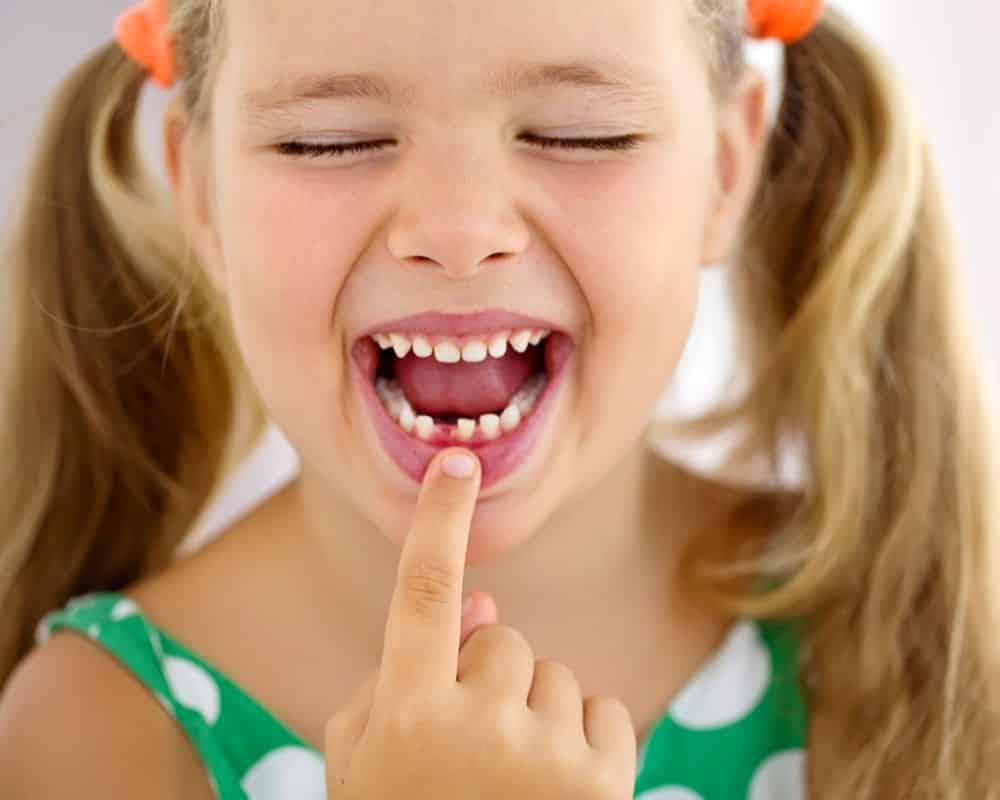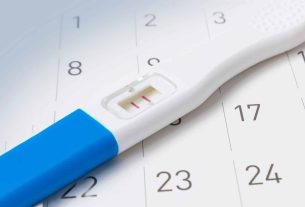Understand more about your child’s baby tooth, what the birth process is like and also the phase of changing the first teeth.
During childhood, we go through the most important changes in our lives, for example, the birth and loss of baby teeth. They can also be called primary or deciduous teeth.
The baby tooth is certainly not a whim of evolution, and exists for a reason. In short, it is like a workout for the human body. They come first so that humans can adapt, learn how to use them, and then be able to actually use their permanent teeth.
As it is a difficult time, both for mothers and babies, we have separated all the care you need to know about. For example, the birth phase, the fall phase, as well as the possible problems that could happen to your little one.
Baby Tooth: processes
1. Birth

There’s nothing cuter than a baby’s smile, right? According to experts, this event usually begins at 6 months of age, and is one of the most anticipated events for moms and dads. However, the first tooth phase tends to be stressful for little ones.
Discomfort, abundant salivation, pain and itching in the gums are some of the difficult symptoms that babies experience. To alleviate these situations, massages are recommended: with a clean finger wrapped in gauze, make circular movements, lightly pressing your little one’s gums.
Furthermore, the use of cooled teethers is also recommended. It is possible to find it for purchase in pharmacies.
2. Changing baby teeth

Soon after the birth of teeth, babies go through another moment: changing to permanent teeth. It is common for this phase to happen between 6 and 12 years of age.
The first sign is the softening of the baby tooth. First of all, it is essential to understand that this is a natural phase, you need to be patient and help children during falls.
When should I see a dentist?

In principle, there is no need to take your baby to the dentist when changing a baby tooth. However, if any of the following problems mentioned below occur, take your little one to a professional immediately.
Cavities
Cavities are one of the most common and feared problems for adults and children. However, it is a recurring and common event in childhood, as little ones are still in the process of learning to have an oral hygiene routine.
It’s important to always keep an eye on your little one’s mouth, and at the first sign of a cavity, such as stains on the tooth, pain and discomfort when chewing, look for a dentist.
Delay in exchange
The switching phase varies from child to child and can take a long time. However, if you notice that the process is taking longer than usual, it’s time to look for a professional to analyze the situation using x-rays.
Dental fluorosis
Excessive use of toothpaste can have serious consequences for oral health, due to the large amount of fluoride present in the product. Therefore, to identify whether your baby may have fluorosis, pay attention to signs such as white or dark spots on the teeth. Soon after, if you find any stains, see a dentist.
Dental erosion
Dental erosion occurs due to the ingestion of acidic substances. Therefore, to avoid this problem, it is recommended that the child does not consume products such as soft drinks, processed juices and fermented milk. Symptoms of this problem include anxiety, vomiting and reflux. Check out: Food re-education – How to start, questions and tips.
Sensitivity
Tooth sensitivity is a recurring problem in both adults and children. Parents often need to watch carefully if their children are suffering from tooth sensitivity. Among the symptoms that should be observed is the constant complaint to eat and/or brush your teeth. If your little one presents any discomfort, take him to a dentist for diagnosis.
So, did you like this text? Above all, if you have any questions, leave them in the comments. Oh, and don’t forget that the best care for baby teeth is, and always will be, good oral hygiene habits. Therefore, also check out: Thrush – What it is, causes, symptoms, treatment and prevention.
Sources: Smileology, Golden Cross, Sorriden.
Image sources: Orto Gdl, Odontoclinic, Odontobebé, Yomecuido.

Sign up for our newsletter and stay up to date with exclusive news
that can transform your routine!
Warning: Undefined array key "title" in /home/storelat/public_html/wp-content/plugins/link-whisper-premium/templates/frontend/related-posts.php on line 12
Warning: Undefined array key "title_tag" in /home/storelat/public_html/wp-content/plugins/link-whisper-premium/templates/frontend/related-posts.php on line 13




